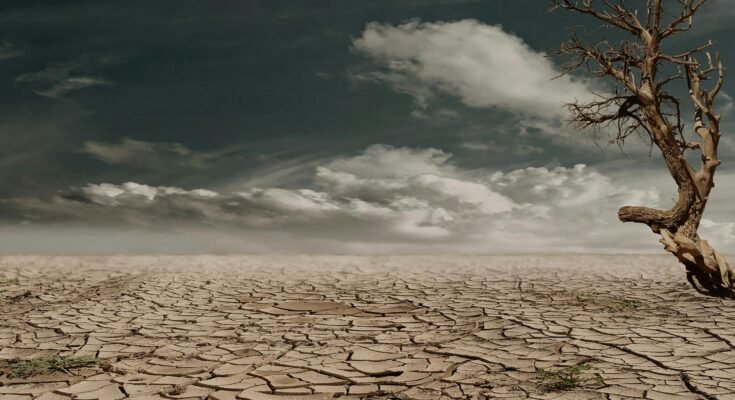Understanding Climate Change
Definition and Overview
Climate change refers to significant alterations in global temperatures and weather patterns over time. While Earth’s climate has changed throughout history, recent changes are largely attributed to human activities, particularly since the Industrial Revolution.
Causes of Climate Change
Greenhouse Gas Emissions
Carbon Dioxide (CO2): Released from burning fossil fuels, deforestation, and various industrial processes.
Methane (CH4): Emitted during the production and transport of coal, oil, and natural gas, as well as from livestock and other agricultural practices.
Nitrous Oxide (N2O): Emitted from agricultural and industrial activities, as well as during combustion of fossil fuels and solid waste.
Land Use Changes
Deforestation and urbanization reduce the number of trees that can absorb CO2, exacerbating greenhouse gas concentrations in the atmosphere.
Industrial Processes
Manufacturing industries often emit significant quantities of greenhouse gases, particularly from the production of cement, steel, and other materials.
Agriculture
Agricultural practices contribute to climate change through emissions from livestock, rice production, agricultural soil management, and the use of synthetic fertilizers.
Impacts of Climate Change
1:Rising Temperatures
Global temperatures have increased significantly, with the past decade being the hottest on record. This rise affects weather patterns and seasons, leading to more extreme weather events.
2:Melting Ice and Rising Sea Levels
Glaciers and polar ice caps are melting at alarming rates, contributing to rising sea levels that threaten coastal communities and ecosystems.
3:Extreme Weather Events
The frequency and intensity of hurricanes, droughts, heatwaves, and floods are increasing, leading to devastating effects on communities and economies.
4:Ecosystem Disruption
Many species struggle to adapt to rapidly changing conditions, leading to shifts in biodiversity. Some species face extinction, while others may thrive, disrupting ecological balance.
5:Human Health RisksHuman Health Risks
Climate change creates significant health risks, including heat illness, respiratory problems from poor air quality, and an increased rate of vector-borne diseases.
6:Food and Water Security
Changes in weather patterns affecting agricultural productivity threaten food supplies. Water scarcity conditions are surely worsened in regions dependent upon predictable rainfall.
Solutions to Climate Change
Mitigation Strategies
Renewable Energy: This involves making use of solar wind, hydro, and geothermal energy sources to reduce dependencies on fossil fuels.
Energy Efficiency: Energy savings could result from improving building, transportation, and industrial energy efficiency, thereby bringing about major decreases in emissions.
Afforestation and Reforestation: Forests help absorb carbon dioxide from the atmosphere.
Adaptation Strategies
Infrastructure Resilience: Undoubtedly, investments in weather-resilient infrastructure such as flood defenses or heat-resistant building materials will be paramount.
Sustainable Agriculture: Such practices as crop rotation, organic farming, and permaculture serve to establish resilience against climate impacts.
Policy and Regulation
Governments should play a key role in efforts to check on climate change through regulation and international agreements-e.g., the Paris Agreement-which limit global warming.
Community Engagement and Education
Awareness, and involvement of communities in climate action initiatives foster a culture of sustainability that enable people to act.
Technology and Innovation
Developing some technologies, for example, carbon capture and storage, electric vehicles, and sustainable farming techniques, is crucial for emissions reduction.
Conclusion
Climate change presents perhaps the biggest challenge of our time, with consequences affecting the environment, human health, and economies around the globe. While impacts are adverse and always pose multifaceted challenges, there is always hope. Working together as a global family to take concerted efforts, new and innovative solutions, and a commitment to sustainability can step through climate change and adapt to its impacts. The collective action of individuals, communities, governments, and businesses is indispensable for dealing with this global crisis.

